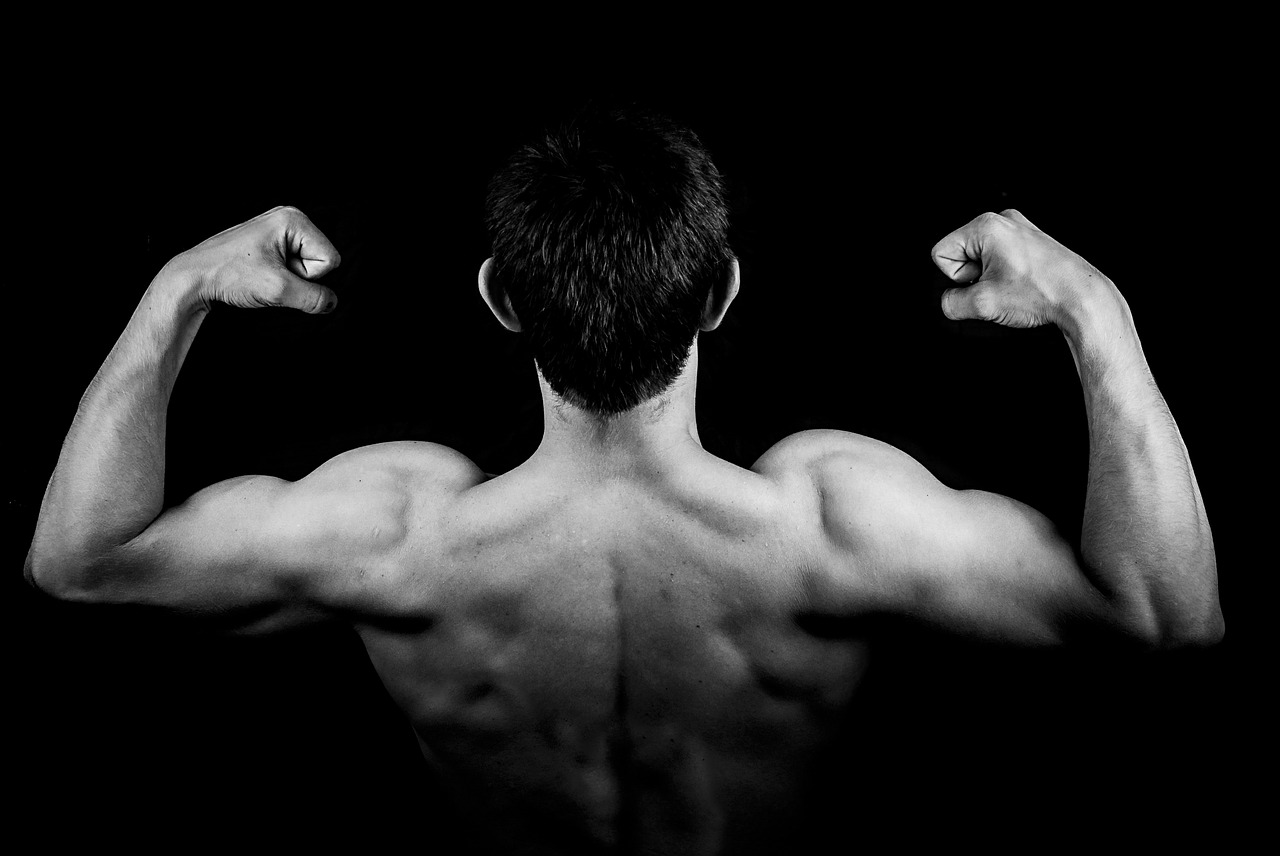This blog is excerpted from the National Spine Health Foundation article titled “Spine Anatomy: What is a Healthy Spine?”
A healthy spine is a critical element in order to sustain a satisfying lifestyle. Elements that categorize a healthy spine are strong vertebrae, flexible spinal ligaments, cushiony discs, strong back muscles, and healthy, moveable facet joints. The question is, how do we maintain these elements?
To start, here are the five components in detail.
1. The bones of the spine are strong.
It is important to maintain good bone density to keep our bones strong and avoid osteopenia or osteoporosis. Bone density is maintained by diet and strength training combined, which in turn provides the robust vertebrae for the human body. Multiple studies have shown that people who lift weights and participate in resistance training have overall stronger bones. For example, tennis players often have stronger bones in their racquet arm compared to their non-racquet arm. Additionally, nutrition plays a big role in maintaining bone health.
Maintaining a good diet helps supply minerals (calcium, magnesium, etc.) as building blocks for our bones. Vitamins are also essential to bone health, particularly Vitamin D, which aids in the absorption of calcium. Lastly, avoiding excess carbonated beverages is also important to maintain bone health. The acid of carbonated beverages often needs to be buffered by the bicarbonate in bone, and bones can be sacrificed in order to help digest and maintain our body’s acid-based balance. Maintaining an overall active lifestyle and having good nutrition helps maintain bone strength.
2. The ligaments are strong and flexible.
Being physically active, including stretching and strengthening exercises, helps maintain ligament strength. A healthy dose of proteins, which are the building blocks for ligaments, need to be included in your diet. Isometric stretching, meaning holding a stretch for a period of time, is one of the best types of stretching techniques one could utilize. We need to move and have good nutrition to maintain ligament, as well as bone, health.
3. Discs are healthy, are cushiony, and support motion of the spine.
A unique feature of our intravertebral discs is that there is not a good blood supply to the disc. Most of the nutrition comes to the disc through diffusion, meaning that as we move our back and spine, the discs act like little pumps; as the discs move up and down, nutrition diffuses into the disc spaces. Activity is important to maintain disc health and since discs are made out of collagen, similar to the structures that ligaments are made out of, the same nutritional requirements are needed for discs as for ligaments.
4. Muscles are strong and they support the back.
Not only are muscles required to lift and move things, but having a strong core of muscles allows our weight to be shared with the spine to take pressure off of the spine. Just imagine sitting on a beach ball, bouncing on the beach ball, and the ball supports you because there is air inside of the ball. The outer portion of the ball holds in that air and supports you. The muscles of the core act like the outer part of the beach ball and can help support your body, taking some pressure off of the spine. It is important to maintain good core strength to help support the spine.
5. Facet joints are smooth, free of arthritis, and can support the spine.
The best thing we can do to help protect the facet joints is to maintain our motion and flexibility. We can also help protect the joints by maintaining strong muscles and a strong core.
Read the full National Spine Health Foundation article here: https://spinehealth.org/spine-anatomy-and-health/

